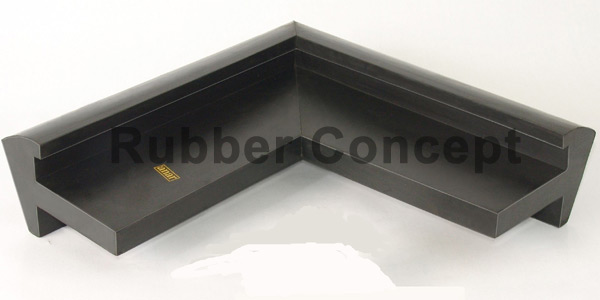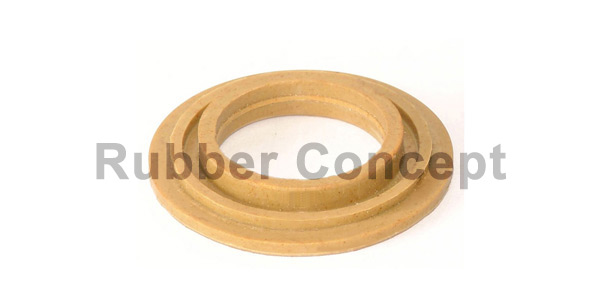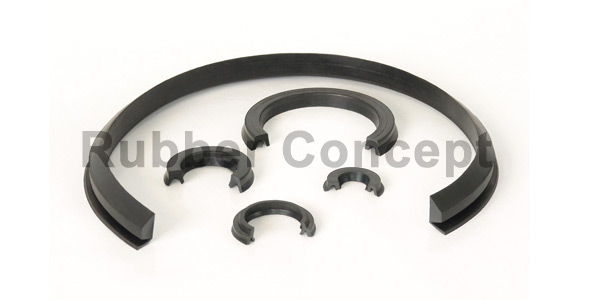A seal is a mechanical component, which seals gap between the mating parts. Due to its flexibility and fluid resistance properties, Rubber is an ideal choice for the variety of rubber seals. They are widely used in fluid power system, be it hydraulic or pneumatic. Rubber Concept manufactures all type of hydraulic seals as well as pneumatic seals, as per customer requirement.
Rubber Seal Classification:
Depending on the type of cylinder, applications, Rubber Seal can be classified:
- Piston Seal: This type of rubber seal act as pressure barrier and prevent fluid from passing the piston. Piston seal is important for controlling the cylinder movement.
- Rod Seal: This seals act as pressure barrier and keeps the fluid inside the cylinder. Rod seal regulate the fluid film, and thus prevent the corrosion and lubricate wiper seal as well as rod seal.
- Buffer Seal: Buffers seal protect the rod seal from excessive fluid pressure, thus improves the performance of rod seal. It also protects rod seal from impurities, such as metal particles etc.
- Wiper Seal: Wiper seal protects hydraulic assembly from outside contaminants such as dirt, dust etc. It also helps in lubricating the cylinder
- Guide Seal: Guide seal prevents metal to metal contact both at cylinder as well as piston area. It helps in keeping piston rod and piston in central position in cylinder assembly for the accurate performance of hydraulic system.
Rubber Concept provides customized solution to the customer, by providing variety of rubber seals, and help in selection of seals.
Criteria of Rubber Seal selection:
The selection of rubber seal profile and material depends on many factors, such as
- Type of Cylinder (single-acting/double-acting)
- Fluid pressure range
- Temperature range
- Speed
- Fluid media
- Dimensions of cylinder, piston, groove etc.
Rubber Concept can help customers in selecting the right profile and right material, which suits the application.
Rubber Seal Material Selection:
Selection of material is one of the most important criteria for the performance and lifecycle of the seals. Selection depends on variety of factors such as working environment, operating temperature, pressure, type of fluid etc.
Seals can be made from variety of materials:
- Rubber
- Thermoplastic elastomers
- PTFE and its compounds
- Thermoset
Rubbers are widely used in seal applications, be it static or dynamic. Depending on the chemical composition, rubber seals can withstand temperature upto 200 deg C or more. Rubber concept makes seals from different types of Rubber, such as Nitrile Rubber, (NBR), Hydrogenated Nitrile Rubber (HNBR), Fluoro elastomers (FKM Rubber). NBR rubbers are mostly used for general fluid and temperature requirements while HNBR or FKM rubbers are employed in high temperature as well as more aggressive hydraulic fluids environment.
Tags:
Rubber Seal ,hydraulic seal, pneumatic seal, piston seal, rod seal, U seal, V seal, wiper seal
Materials:
Nitrile (NBR) Rubber, Hydrogenated Nitrile rubber (HNBR), Fluoroelastomers (FKM / Viton) rubber



